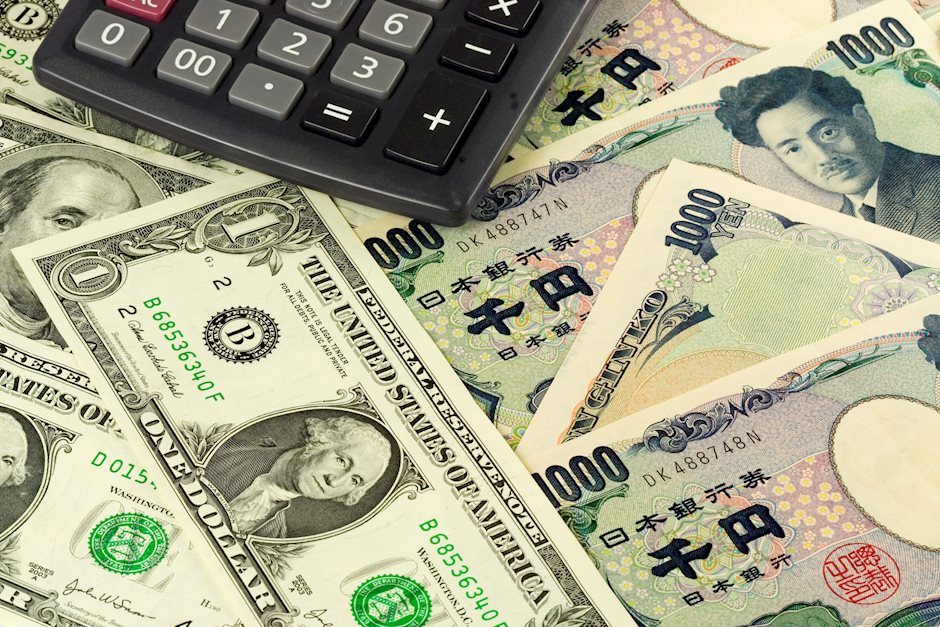USD/JPY better offered in COVID-19 risk off markets
- Markets are stand-offish in the open this week, supporting a bid in the yen.
- USD/JPY is sliding from a high of 107.97 to 107.36 so far as COVID-19 continues to disturb investors.

The Japanese yen is firmer in Asia today, despite a bid in the US dollar, trading 0.46% higher vs the greenback with USD/JPY sliding from a high of 107.97 to a session low of 107.36 so far.
Friday was a risk-off session for markets in the US, with stocks down across the board. The Dow closed down 4.1% and the S&P500 off 3.4%, both falling at the end of the session. The markets are stand-offish in the open this week too, with it being month-end and saturated in COVID-19 fresh case and higher death tolls fro the weekend's news as the top US infectious disease expert, Anthony Fauci, and colleague, Dr. Deborah Brix, have agreed that the number of deaths from Covid-19 in the US could reach 200,000, while at the same time, a number of countries announced the tightening of social restrictions. More on this here: COVID-19 Significant Developments: US Task Force says US could face millions of infections
Stimulus and US economic data drivers
Markets are depending on the flow of stimulus from world governments and central banks and before the weekend, the US Federal Reserve said it would reduce its treasury bond-buying program from $75bn/day currently to $60bn/day on 2 April. The Federal Reserve will also be reducing its mortgage-back security purchases by $10bn to $40bn to try and calibrate its operations and remain flexible.
Meanwhile, while the US House passed the USD2trn support package, US data was back in focus last week following a terrible US jobless claims that rose by 3 million, affecting the final Michigan Consumer Sentiment survey for March which dropped to 89.1 (prelim 95.9, Feb: 101), with the largest monthly drop since October 2008. Note that the GFC lows was 55. We also had the US personal income in Feb beat estimates, rising +0.6%m/m (est. +0.4%), with both the core and headline PCE deflator rising to 1.8% (est. 1.7%). Robert Kaplan, President of Dallas Fed, argued that the unemployment rate could peak in the low to mid-teens, adding hat consumer behaviour could be different after this.
As for stimulus for Japan, PM Abe said on Saturday that the government will announce an extra budget within ten-days to fund a massive stimulus package, which will "provide a
concentrated, short-term boost in demand." At the same time, Abe refrained from declaring the state of emergency, but noted it will be good to remain prepared in case the spread of the disease accelerates sharply.
USD/JPY levels
Author

Ross J Burland
FXStreet
Ross J Burland, born in England, UK, is a sportsman at heart. He played Rugby and Judo for his county, Kent and the South East of England Rugby team.

















